
Maintenance of Fertilizer Spreader Equipment Helps Producers Get the Most Bang for Their Buck
Andrea Rice, Director of Research, Education, and Outreach Missouri Fertilizer Control Board Nutrient management is essential to farm profitability and sustainability. When fertilizer prices increase, producers become even more conscious...
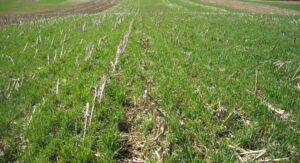
Are There Limits to the Benefits of Cover Crops?
The benefits of cover crops on row crop acres have become increasingly well-known. Improvements in soil organic matter, weed interference, and soil fertility have been touted for years along with...

Effectiveness of New Nitrification Inhibitor Tested in Various Soil Types
Reducing nitrogen losses from agricultural fields is a key focus area of the Missouri Fertilizer Control Board (MoFCB) and the organization’s Research, Education, and Outreach (REO) committee. A recent study,...

Phosphorus Loss in Surface Water
Originally published in the Mid America CropLife Association (MACA) November Water Update - November 15, 2023. I had the opportunity to attend the Agricultural Nutrient Policy Council (ANPC) meeting in...

Utilizing Soil Sampling to Maximize Fertilizer Efficiency
Getting the most bang for every buck spent on fertilizer will be at the top of every farmer’s list for the upcoming crop season. One way to maximize fertilizer efficiency...
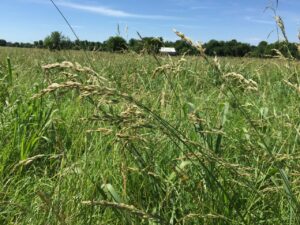
MoFCB-funded research completed on urease and nitrification inhibitors for 4R goals in tall fescue
Andrea Rice, Director of Research, Education, and Outreach Nitrogen fertilizer is a major investment for tall fescue production and producers are seeking to control the risk involved. Ryan Lock, Principal...
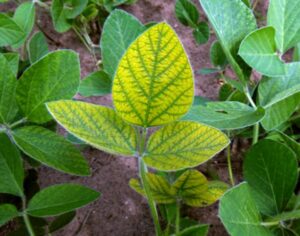
Micronutrient Spotlight – Manganese (Part 6 of 8)
Micronutrients can maximize crop performance Andrea Rice, Director of Research, Education, and Outreach, Missouri Fertilizer Control Board How is manganese used by the plant? Manganese (Mn) plays a vital role...
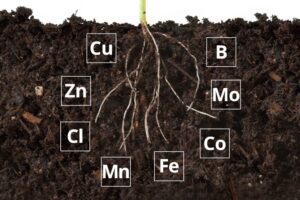
History of Sanborn Field Provides a Window to the Next Generation of Micronutrient Management
Missouri Fertilizer Control Board (MoFCB) has partnered with the University of Missouri’s College of Agriculture, Food, and Natural Resources to focus on sulfur and micronutrient uses in crops. Data available...
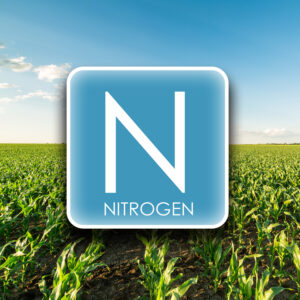
MoFCB Looks to the Future of Nitrogen Recommendations for Missouri Farmers
Research projects are underway in a partnership between the Missouri Fertilizer Control Board (MoFCB) and the University of Missouri – College of Agriculture, Food, and Natural Resources with the USDA...
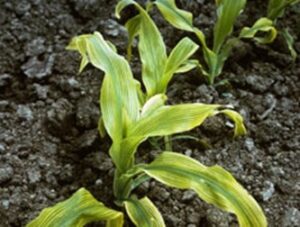
Micronutrient Spotlight – Iron (Part 5 in series)
Micronutrients can maximize crop performance Andrea Rice, Director of Research, Education, and Outreach Missouri Fertilizer Control Board Image description: Field with areas of iron deficiency. Photo credit: cropnutrition.com How is...
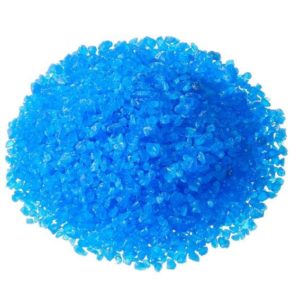
Micronutrient Spotlight – Copper (Part 4 in series)
Micronutrients can maximize crop performance Andrea Rice, Director of Research, Education, and Outreach Missouri Fertilizer Control Board How is copper used by the plant? Copper (Cu) activates enzymes and assists...
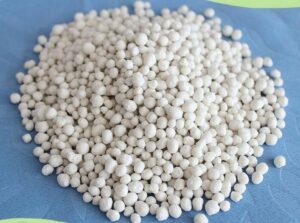
Micronutrient Spotlight – Chlorine (Part 3 in series)
Micronutrients can maximize crop performance Andrea Rice, Director of Research, Education, and Outreach, Missouri Fertilizer Control Board Chloride is one of the 17 essential nutrients and is often overlooked by...

Micronutrients Can Maximize Crop Performance: Micronutrient Spotlight – Boron (Part 2 in series)
Andrea Rice, Director of Research, Education, and Outreach, Missouri Fertilizer Control Board Boron (B) is one of the eight micronutrients essential for plant growth. Soils deficient in boron are not...

Micronutrients Can Maximize Crop Performance
Andrea Rice, Director of Research, Education, and Outreach, Missouri Fertilizer Control Board Plants have nutrients essential for growth and development. There are 17 elements essential for plant nutrition – six...

Tissue Sampling Alfalfa, clovers, and cotton
Alfalfa and Clovers When to sample - Just prior to bloom or harvest, whichever comes first. Earlier sampling is suggested only if a problem occurs. What part of plant -...
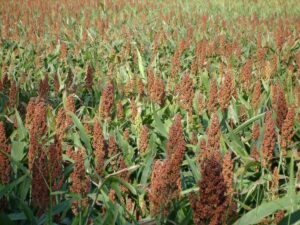
Tissue Sampling Small grains, grasses, and sorghums
Small grains and grasses When to sample - Any time before the head emerges. What part of plant - Select tissue from the upper third of the plant. How to...
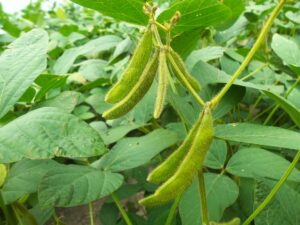
Tissue Sampling Soybeans
Soybeans When to sample - The ideal time to sample is when the first bloom appears. However, if problems develop prior to bloom, a sample can be taken. Do not sample after...

Fine Tuning Nutrient Recommendations with Plant Tissue Sampling
By: Andrea Rice, Director of Research, Education, and Outreach, Missouri Fertilizer Control Board The increase in use of nutrient management plans and precision application of fertilizers has led more producers...
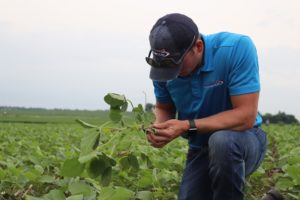
Ag Retailers Focus Part 3 of 3 – Retailers Work with Customers on Developing a Nutrient Management Plan
By: Andrea Rice, Director of Research, Education, and Outreach Time in the tractor used to be the mark of success for farming operations, but with the advancement of technology and...

Ag Retailers Focus Part 2 of 3 – Retailers Assist Customers in Precision Application of Nutrients
By: Andrea Rice, Director of Research, Education, and Outreach Many people may have cows, sows, and plows come to mind when they think about farming, but the agriculture community is...
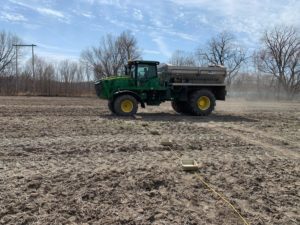
Ag Retailer Focus Part 1 of 3- Maintenance and Calibration Create Optimum Customer Service
By: Andrea Rice, Director of Research, Education, and Outreach Fertilizer spreaders must be properly calibrated to apply granular fertilizers at the correct rates and deliver them to the right place. ...
Support Sustainable Farming

Meet the People Getting Paid to Vilify the American Farmer
By: Andrea Rice, Director of Research, Education, & Outreach/Missouri 4R Coordinator The New York Times has begun an opinion series about American farmers entitled “Meet the People Getting Paid to...
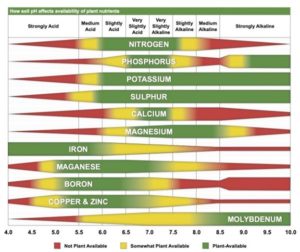
Increasing Fertilizer Efficiency Through pH Management
Soil pH is an important, but sometimes an overlooked piece to the soil health puzzle. Soil pH is a measurement indicating the acidity or alkalinity of a soil on a...

Missouri Fertilizer Control Board – Does It Do What You Think?
The Missouri Fertilizer Control Board is first and foremost a quality control and protection agency. It is charged with the task of ensuring a quality product for use in the...

Increase growth potential by supplying nutrients in the right place
For plants to achieve full potential for yield, nutrients need to be available to the plant in the right place. Placement changes with development and changes in plant genetics, placement...

Farmers Make Wise Decisions Today for a Successful Tomorrow
By: Andrea Rice, Director of Research, Education, & Outreach/Missouri 4R Coordinator Farmers are continuously seeking improvement to provide food, fuel, and fiber products to an ever-growing world. Future generations of...
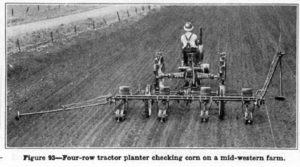
Farmers Protect the Land Like Their Livelihoods Depend On It
There is something about living on the land, loving the land, and depending on it for your livelihood. There is a unique relationship between nature and the family farm. The...
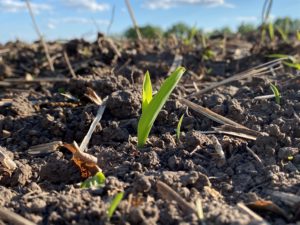
New nitrogen research leads to increased corn profits
Nitrogen is one of largest expenses for corn production and new research is finding ways to improve plant uptake while decreasing costs to producers. Academic researchers in the Midwest have...
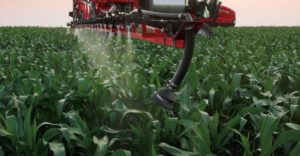
Applying Nutrients at the Right Time Increases Plant Uptake and Yield
Photo Credit: Joseph Weimer Providing nutrients to plants when they are needed can make a major impact on the yield of a crop. There are four key principles to consider...

Applying Nutrients at the Right Rate Leads to Increased Economic and Agronomic Productivity
Utilizing nutrients from the right rate can have a major impact on cost of inputs as well as the yields achieved for a given field and cropping season. The over-...
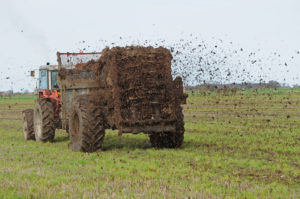
Using Nutrients from the Right Rate Gets Producers the Best Bang for Their Buck
One of the first steps to determining the right rate for a specific field and crop, is to determine the desired yield. Since the yield is directly related to the...
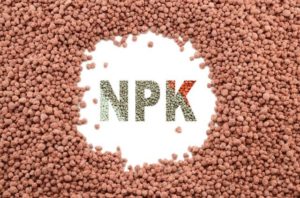
Determining the Right Source of Nutrients Based on Crop and Soil Needs
In order to complete their full life cycle, all plants require 17 essential elements. In addition to carbon (C), hydrogen (H), and oxygen (O), plants require six minerals as macronutrients...

The importance of using the Right Source for fertilizer needs
The first of the 4Rs is to determine the Right Source of nutrients used for the crop system’s specific needs. Although it is also important to consider the other Rs...

Why does Show-Me Nutrient Stewardship promote the 4Rs?
The principles of 4R Nutrient Stewardship are all encompassing, but can be applied to a specific farming operation to meet the needs of specific soil types and cropping systems. Goals...

Soil Matters
Soil Matters – Is Your Sample Yielding the Best Results? Producers use soil sampling and testing to increase fertility for future crops or grow crops by measuring soil fertility levels. ...
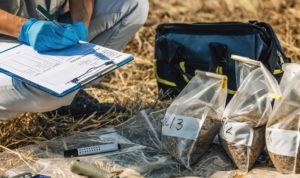
Research Projects to Benefit Farmers and Ag Retailers
Research Projects to Benefit Farmers and Ag Retailers The Missouri Fertilizer Control Board approved five funding requests for research to benefit growers and ag retailers in the 2020 budget cycle....
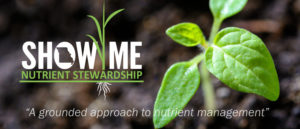
Get to Know Show-Me Nutrient Stewardship
